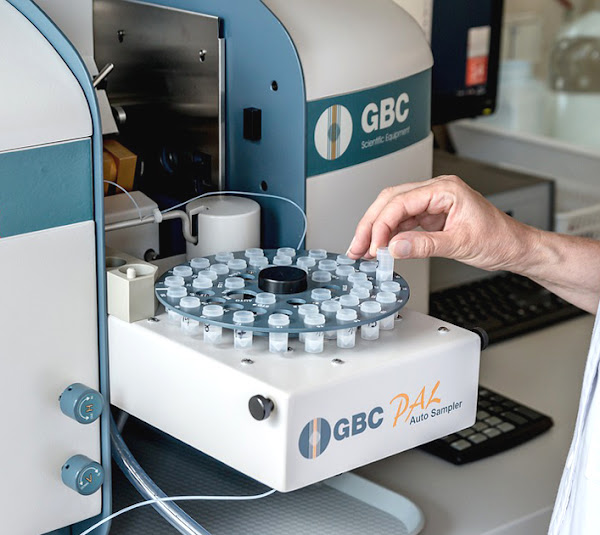Blood screening tests are some of the most ordered by vets in Charleston, SC. Understanding the blood diagnostic test results is key if you want to know how healthy your pet is!
How to read your pet’s blood diagnostic test results?
Keeping on top of your pet’s health can become more challenging as they age. A recent study completed by IDEXX found that the percentage of diagnostic tests that revealed serious issues in need of treatment increased from 21% to 42%, depending on whether the animal is classed as senior or geriatric. For adult pets, the rate was just 12%. So, as you can see, preventative screening is key as your pet ages. Blood screening tests are some of the most comprehensive diagnostic tools available to vets.

Why understanding diagnostic blood test results is crucial?
Diagnostic testing is a key step in identifying and treating illness in your pets. While a vet will happily explain the result to you, they can also provide copies of the results. If you know how to read them yourself, you will be able to ask tailored questions and prepare for the future. Firstly, however, you should not panic if your vet orders blood tests. Blood screening can be used to identify both mild and severe issues. The outcome of such a test is not guaranteed to be grim.
There are two commonly ordered blood tests, a complete blood count (CBC) and blood chemistry screening. A complete blood count offers an overview of the blood and the cells it contains, while a blood chemistry test is more detailed and looks for the presence of chemicals and substances that indicate illness, organ failure, and disease.
What your pet’s blood screening test results mean?
Understanding the results of any screening test is a matter of knowledge and practice. You will see a range of abbreviated terms on a result sheet, and this can be very daunting. In fact, they can look like an alphabet soup of letters and numbers! But each abbreviation is tied to a single type of blood cell, substance, or nutrient, and once you know this you will be able to see where the issues lie!
Complete blood count (CBC)
A complete blood count is a broad diagnostic test that vets use to get a general idea of how an animal’s health is overall. This test shows the number of red and white blood cells and the number of platelets in the blood, and measures more specific issues like the size and distribution of cells. These are some of the abbreviated terms you might see and what issues they can indicate:
- RBC: Red blood cells may also be shown with HCT (hematocrit) and HGB (hemoglobin) levels. High levels most often indicate dehydration, while low levels show a lack of capacity of oxygen in the blood.
- MCV: Mean cell volume. Indicates whether there are larger than normal cells in the blood.
- WBC: White blood cells. High levels are usually caused by stress, inflammation, or diseases, like leukemia. Low levels are usually indicative of bone marrow issues.
- PLT: Platelets. Low levels indicate many issues, including bone marrow failure, coagulation issues, and immune-system issues.
- MPV: Mean platelet volume. Indicates whether there are larger than average platelets in the blood.

Blood chemistry
Blood chemistry tests indicate the levels of different byproducts of bodily functions in the blood. This allows vets to check the functioning of the kidneys, liver, pancreas, and digestive system. Common abbreviations you might see on blood chemistry results include:
- BUN: Blood urea nitrogen. High levels indicate issues with the kidneys, heart, or urinary system. Low levels indicate overhydration.
- PHOS: Phosphorous. Increased levels indicate the likelihood of kidney disease and failure.
- ALKP: Alkaline phosphatase. High levels may indicate Cushing’s disease, liver abnormalities, and active bone growth or healing.
- LIPA: Lipase. High levels indicate the likelihood of pancreatitis, kidney disease, and gastrointestinal diseases.
- GLU: Glucose. High blood sugar levels indicate the likelihood of diabetes, while low levels indicate the likelihood of hypoglycemia.
By understanding these key tests and what they mean, you can gain a better perspective on your pet’s health, and make it a little easier to communicate with your vet on how to proceed regarding treatment.






